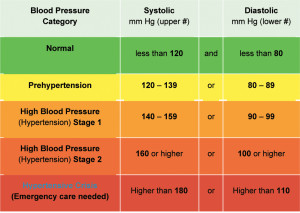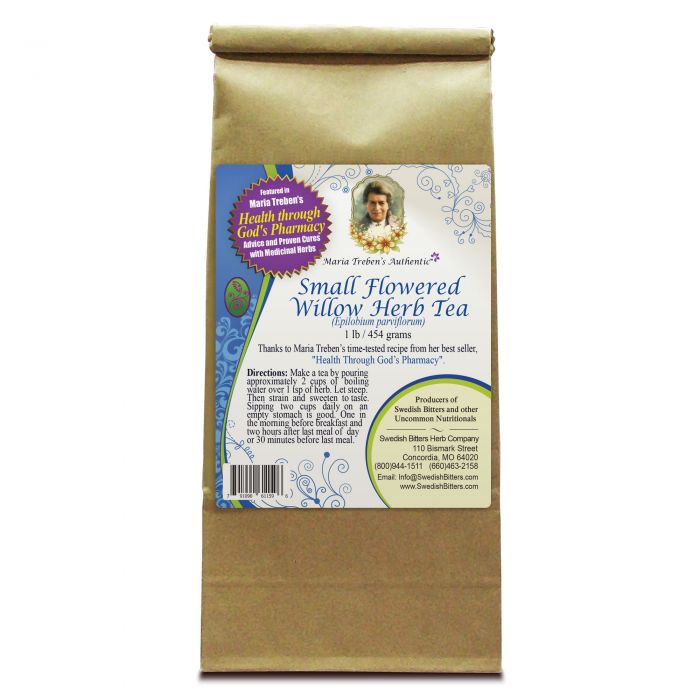 Wheat
Wheat
One of the first things I bring up to people about wheat is that we used to use flour and water to make paste for art projects in elementary school. It’s the substance in wheat called gluten that forms the paste. This paste coats the twenty three feet of intestines and nine feet of colon. the gluten’s ‘caking’ effect increases the density of the mucous lining in the intestines, and inhibits the absorption of vital protein, vitamins, minerals, and other nutrients. Many people who have come to me for advice have very thin arms and legs, but their lower stomachs protrude.
The gluten coating starts storing other matter and the
result can be rubber-like layers.
The gluten coating starts storing other matter and the result can be rubber-like layers.Through palpation, it is evident that it is not soft, floppy fat tissue-it is even hard sometimes. this protrusion is from swollen over-sized intestines that have been coated over the years with super-sticky gluten. The gluten coating starts storing other matter and the result can be rubber-like layers. Not only does this process inhibit the ability to absorb vital nutrition, it interferes with the peristalsis process. Peristalsis is the wave-like movement of the intestines which moves nutrients along their way. The waves of alternate contraction and relaxation of the intestines propels the contents onward. When the intestines are coated and glued with sticky gluten, the contraction and relaxation process is interfered with, which contributes to more rubber-like coating layers and more health problems.
You may ask why did mankind create this menace grain from wild grasses and continue this hybridization process to the point of being so dangerously sticky. Because the gluten in wheat, from a cooking standpoint, traps the air bubbles produced by yeast and/or baking powder, and causes the bread to rise.Other grains can’t achieve this soft, puffy texture of wheat breads, and so wheat is almost always added to other grain products–corn muffins mixes, rye breads, etc.It may help taste and texture but it erodes health.
There is another huge problem with the consumption of wheat. Wheat, as well as other seeds and grains, contains phytic acid. Phytic acid binds with calcium, magnesium, zinc, and other minerals, and keeps the body from absorbing them. In the sections on minerals, I try to emphasize how important these minerals are to health. The binding of calcium by phytic acid leads to rickets in children and osteoporosis (loss of calcium in bones) in adults. Tests have shown that calcium is protective against bowel cancer, so when wheat (phytic acid) keeps the body from absorbing calcium, the consumption of wheat has to be considered as increasing the incidence of bowel cancer. When phytic acid keeps magnesium from being absorbed, irregular heart beats, lack of energy, hormonal imbalance, nervous disorders, soft bones, heart disease, immune dysfunction, and even cancer can result. In fact, when magnesium levels are reduced, laboratory animals have deficiencies in calcium and potassium. Low zinc levels damage the body’s immune system and leave a person more susceptible to infections, atherosclerosis, and cancer.
In fact, huge cereal companies (Carb Kings) have successfully convinced people through propaganda that high- fiber diets (from wheat products) are good for one thing or another. What the public is not told is that this high-fiber diet promotes health problems from mineral deficiencies.
In my experience with people, the high- fiber (from wheat source) approach leads to constipation and encourages mineral deficiency problems. From a roughage standpoint, there is no significant difference between refined white wheat flour and whole grain wheat flour, contrary to Carb King cereal company propaganda. Breakfast cereals and other processed foods have ‘natural’ and ‘fiber’ written on the package, but the ingredients have been milled to a fine consistency and reconstituted into a gritty and/or crisp texture to give the illusion that the person is getting natural roughage.
Not only is the wheat- sprayed with tremendously dangerous chemicals
(pesticides, fertilizers, etc.) while it is growing, it gets spayed with more
chemicals when it gets stored to keep insects and mice away.
However, when this man-made shape gets inside your body, it quickly returns to the sticky, pasty, smooth grain and coats the person’s intestinal walls-inhibiting the absorption of vital proteins, vitamins, and minerals.
Mention should be made of the way wheat is handled from the harvest to the dinner table. I have been told by several people what happens to the wheat that they grew on their farms. Not only is the wheat sprayed with tremendously dangerous chemicals (pesticides, fertilizers,etc.) while it is growing, it gets sprayed with more chemicals when it gets stored-to keep insects and mice away. They spray to try and stop fungus from growing, but it still molds, and mice and insects still get in. They tell me that it is standard practice to mix last year’s molded wheat with this year’s harvest so it will get by inspectors.  This mold, which is also found in other grain products, peanut butter, cheese, grapes, apple juice, etc. produces aflatoxins. Aflatoxins are extremely carcinogenic (cancer-causing) and damaging to health. Once the wheat is processed into flour, the little nutrition it contained is removed. The flour is sprayed (with poisons) when it gets to the factory to keep out mold, insects, and rats. When made into bread, more chemicals are added to the flour. In fact, check the ingredients on a loaf of bread and you will find such chemicals as polyglycerate 60, polysorbatego, lactylate, potassium bromide, biglycerides, artificial flavoring, etc. Artificial flavorings can have many different chemicals involved. Artificial apple flavoring can have over one hundred and eighty different chemicals. And there is no requirement to list all the hundreds of chemicals in breads like bleaches, firming agents,dough softeners, etc.
This mold, which is also found in other grain products, peanut butter, cheese, grapes, apple juice, etc. produces aflatoxins. Aflatoxins are extremely carcinogenic (cancer-causing) and damaging to health. Once the wheat is processed into flour, the little nutrition it contained is removed. The flour is sprayed (with poisons) when it gets to the factory to keep out mold, insects, and rats. When made into bread, more chemicals are added to the flour. In fact, check the ingredients on a loaf of bread and you will find such chemicals as polyglycerate 60, polysorbatego, lactylate, potassium bromide, biglycerides, artificial flavoring, etc. Artificial flavorings can have many different chemicals involved. Artificial apple flavoring can have over one hundred and eighty different chemicals. And there is no requirement to list all the hundreds of chemicals in breads like bleaches, firming agents,dough softeners, etc.
Gluten is considered one of the most allergenic substances known. A huge percentage of people can not break it down in digestion and the body responds to it as a foreign substance. The result is an allergic reaction. I think another factor in the large numbers of allergic reactions to wheat is the amount of insects and insect parts that are found in wheat and flour. Insects, over millions of years of evolution, have developed defensive chemicals as protection devises.
There are huge amounts of dead insect bodies in flour
and products made with wheat.
When a person eats wheat or a product made of wheat flour (like bread), they can have an allergic reaction to the insects’ protective chemicals. There are huge amounts of dead insect bodies in flour and products made with wheat. In fact, the protection agency that is supposed to protect the public from contaminated food (FDA) continues to protect industry rather than the public. They put out a pamphlet with a list of allowable contamination called The Food Defect Action Levels (Current Levels for Natural or Unavoidable Defects for Human Use that Present No Health Hazard). I don’t know what’ action level’ means because it just lists: “Wheat Flour- -Insect filth-A average of 75 or more insect fragments per 50 grams in 6 sub-samples” To me it reads more like the FDA will take action if there is less than 75 insect fragments per 50 grams. A large amount of ‘rodent excreta pellets’ are allowed, and rodent hairs are in there too. Any of these contaminants can cause allergic reactions.
So, the next time you are enjoying cereal, pastry, pasta, cookies, gravy, bread, or any of the many products containing wheat, think about the rat pellets, rodent hair, and insects that come with the wheat products. Then think about all the health-promoting minerals that the wheat’s phytic acid is leaching out of your body. Then think about the cancer-causing aflatoxins. And finally, picture your intestines coated with super-sticky gluten, swollen and filled with rubber-like layers that keep you from absorbing the nutrition from the food you buy. If you can still enjoy the wheat product, then you better learn to enjoy bad health.
Note:
(2) slices of whole wheat bread contain that same amount of sugar of a can of Pepsi



